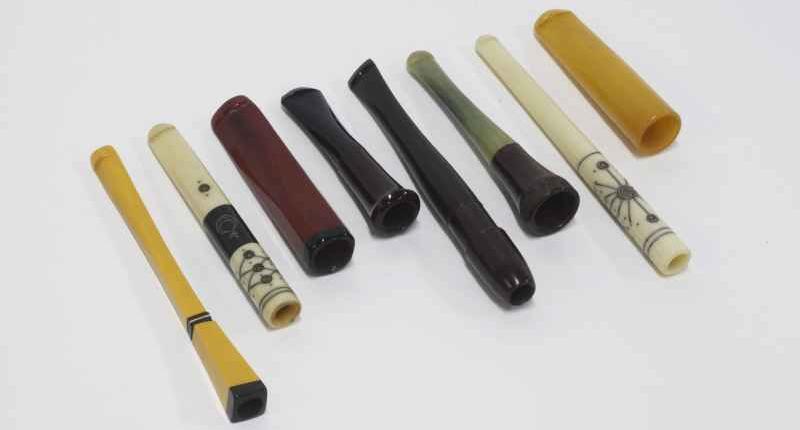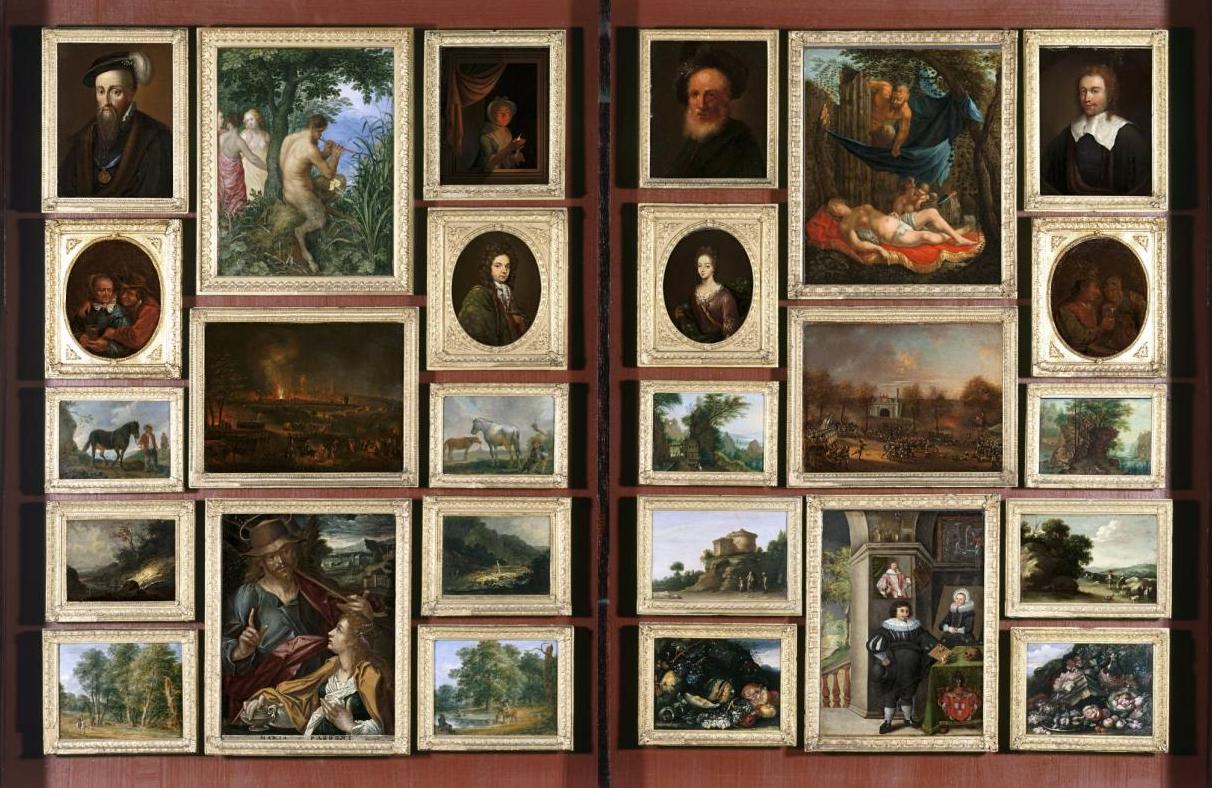
Collection – Daily life and housekeeping II (from 1880)
These years were characterised by discussions in cultural and historical sciences about a new historiography, which also increasingly took everyday life into consideration. It was in this way that everyday culture could also establish itself as an independent category at the museum. The collection concentrates on the history of everyday life, culture and society of Frankfurt with a focus on the time between the 1930s and the 1980s. The collection is not so much about Frankfurt as a place of production, but rather about the stories that are connected to this.
The collection's two points of focus both centre around the household: With the help of the Kober donation in 2009, the plastic collection with over 600 objects from Eva Stille could be taken over. The collection allows us to understand how artificial materials were introduced to everyday life and how they increasingly caught on. They represent consumer behaviour and everyday practices in the first half of the 20th century. A small part of the plastic collection was presented for the opening of the Collector’s Museum in the exhibition “Early plastics. The collection of Eva Stille” in the 13th collector’s room. The non-ferrous metal collection also ties in with the extensive inventory of tableware and drinking vessels from earlier centuries. As well as many vessels such as pots, jugs or jars, there are also decorative objects from the household, which give an insight into the aesthetic habits of Frankfurt citizens.
Collecting everyday culture in the present must be clearly defined. The seemingly endless diversity – supposedly, every person owns around 10,000 things – and the limited storage space in the museum make it necessary to prioritise. Curators must also constantly reflect on how the profile of the current collection can be improved. This is why it is important to continue relating the object categories to the major events in (Frankfurt’s) history and society. An important criterion for admission into the collection is the history that is linked to the object. This close link between object and story allows for a dense description of everyday life of a few limited areas of Frankfurt citizens at different times.
In this way, topics that are very close to the present are also highlighted. A topic that is to be focused on more is cultural diversity or migration. Since 2008, a few pieces have been added to the collection through the museum’s exhibition “From foreigners to Frankfurters”. This partial collection will be researched more closely and expanded over the coming years.

